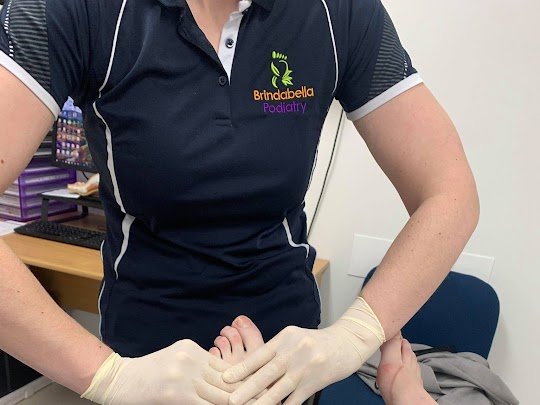Both conditions describe inflammation of the plantar fascia. The plantar fascia is a band of tissue that connects from your heel to the base of your toes. It helps hold the arch of your foot up and absorb shock as you walk or run.
The plantar fascia can become painful for a range of reasons. These can include:
When this tissue gets inflamed it causes pain that ranges from mild to debilitating, known as plantar fasciitis.
Treatment for plantar fasciitis can include:
If this pain lasts more than 6 months, this is diagnosed as plantar fasciosis. Plantar fasciosis may also be diagnosed if there is chronic pain without inflammation. Once the standard plantar fasciitis treatments have been exhausted, a more aggressive treatment regime can begin aggressive to break the pain cycle and begin to bring relief. Options include:
Book an appointment here for an assessment of your heel pain – no referral required!
